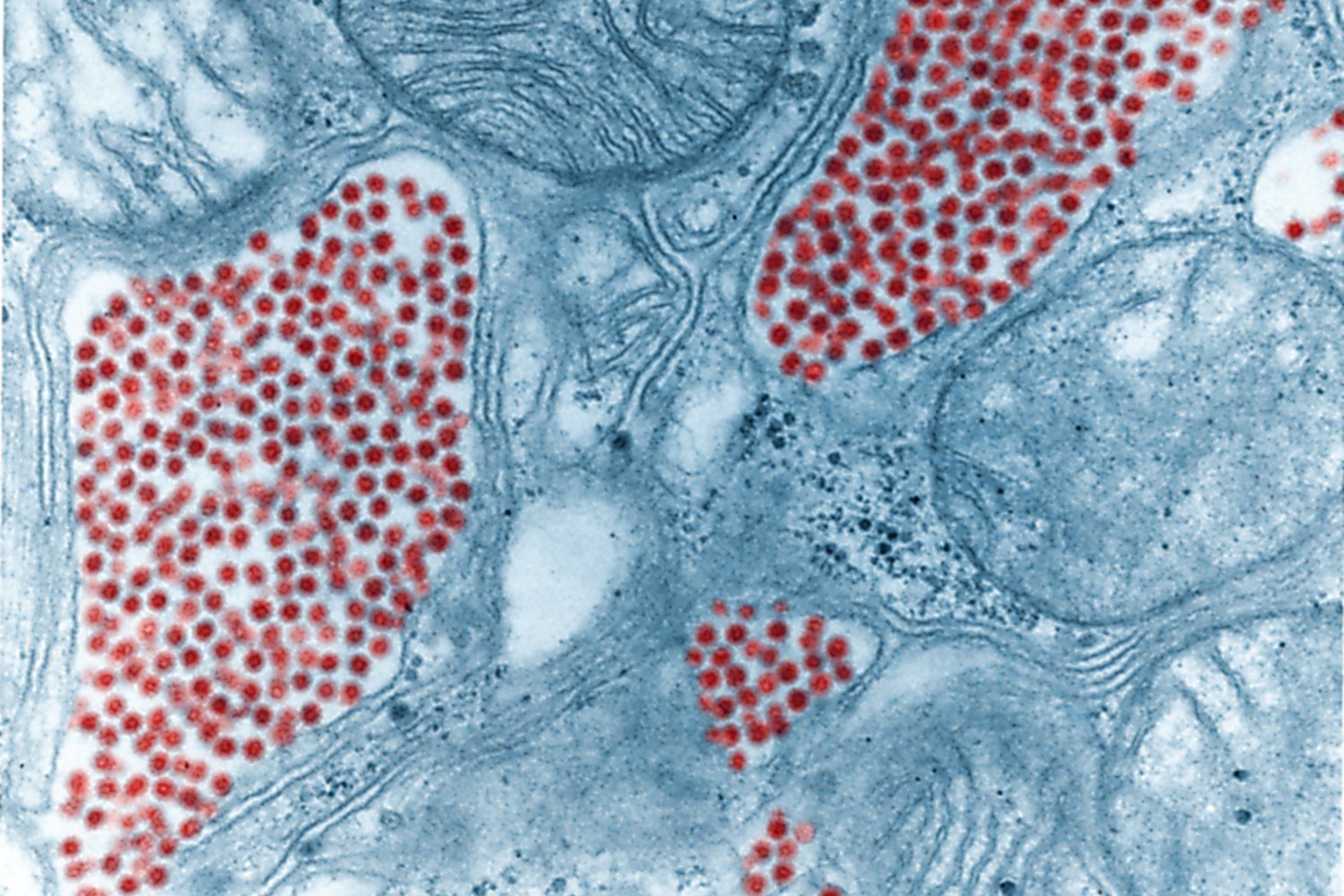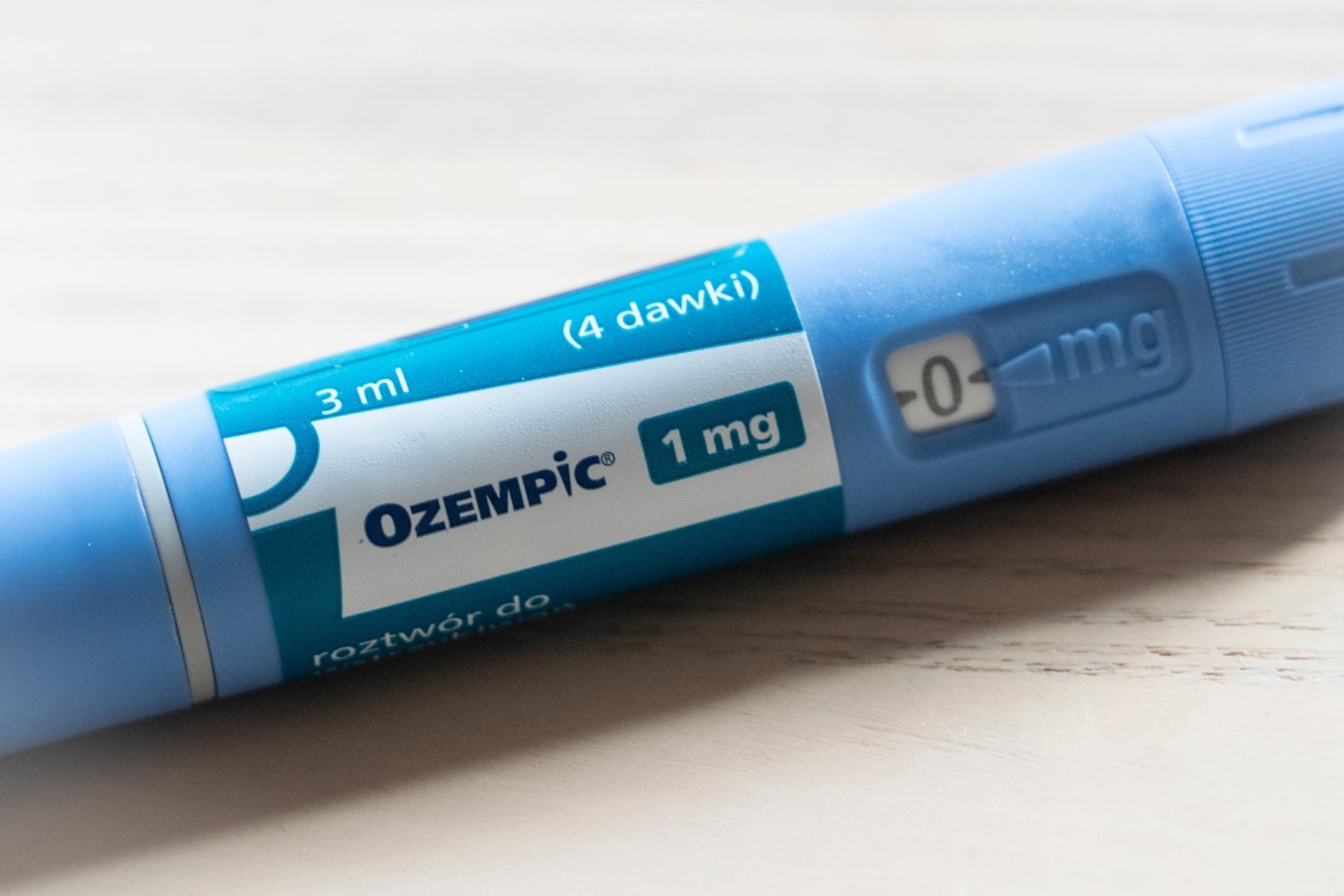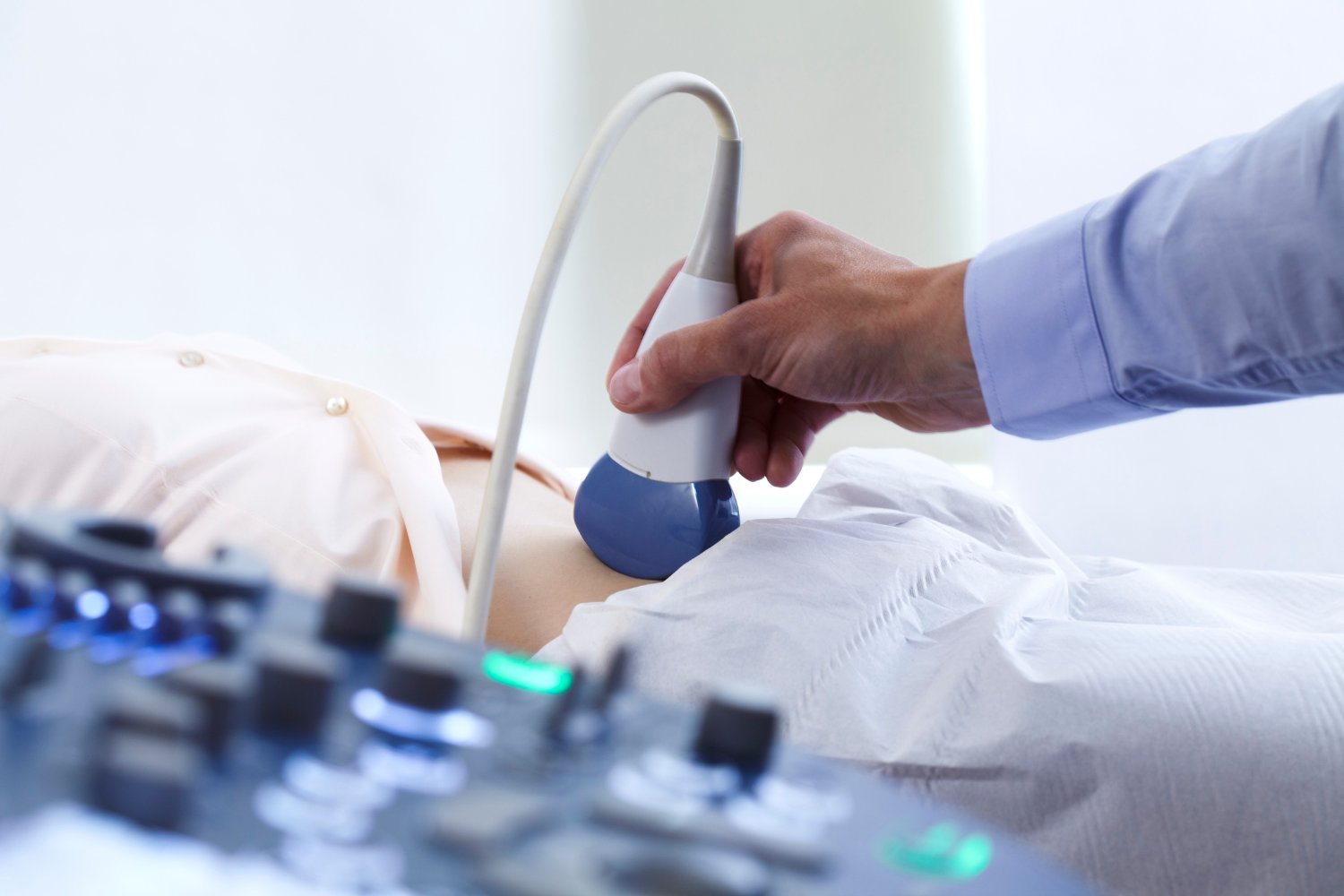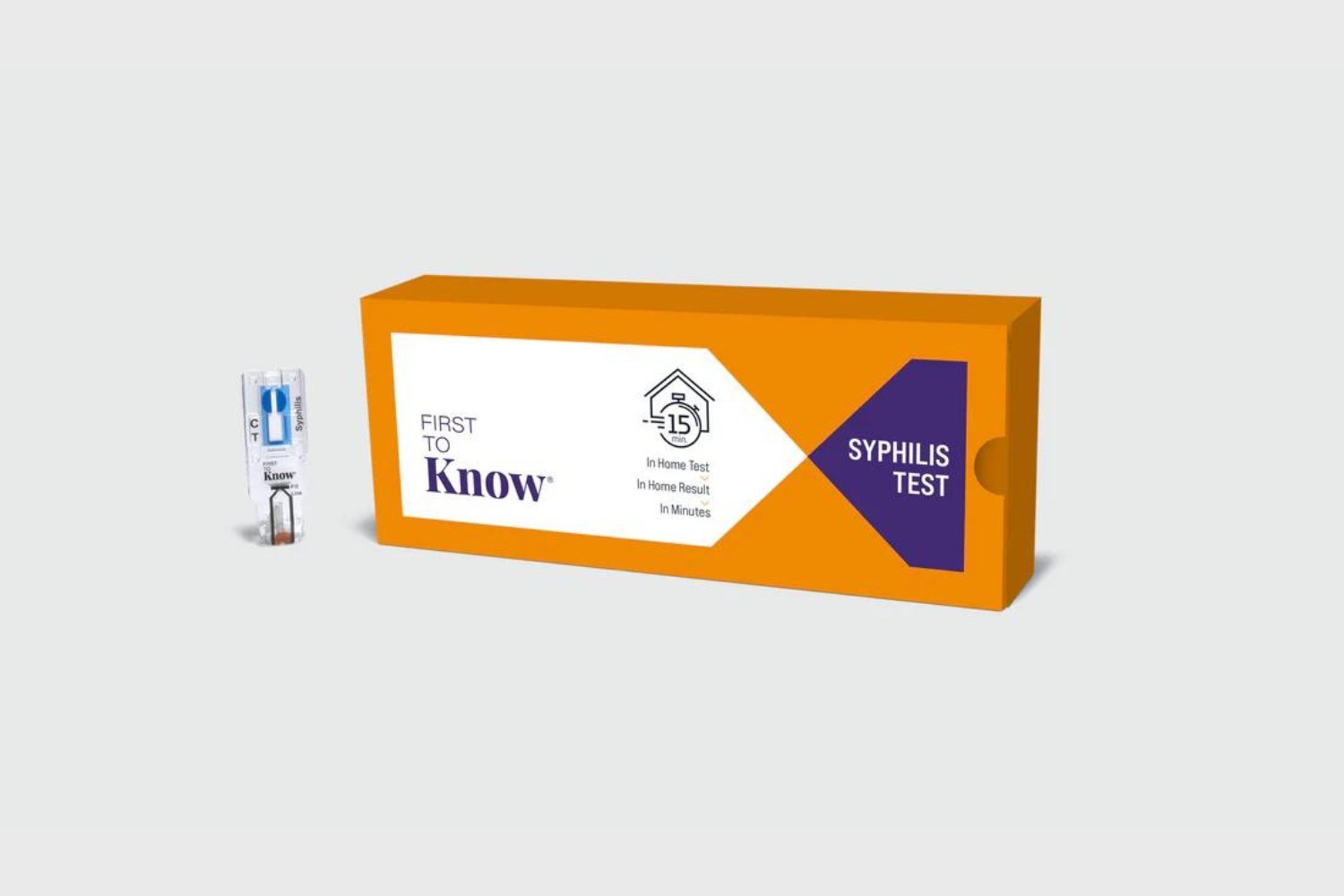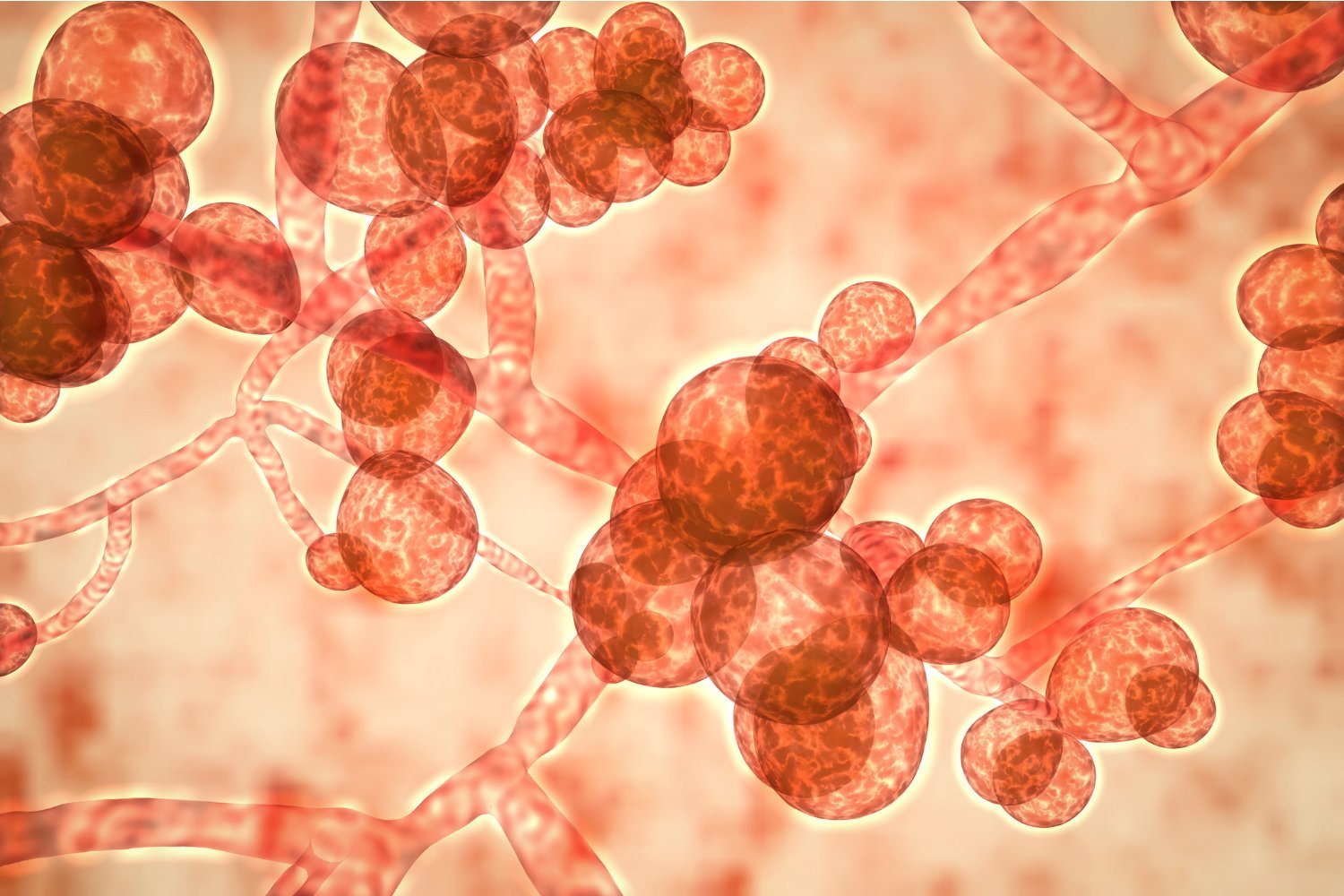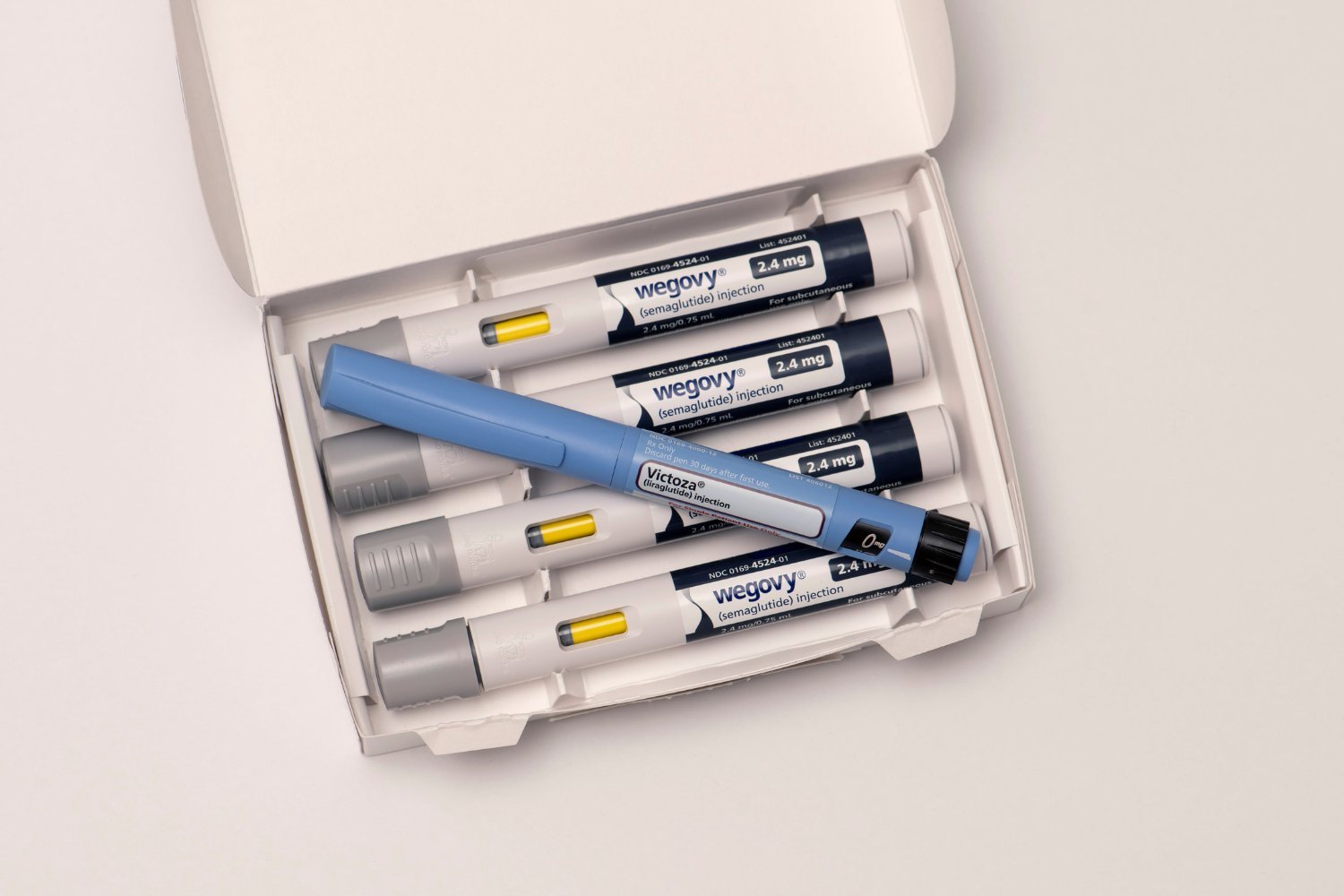The first human case of Eastern Equine Encephalitis (EEE) in New York since 2015 has resulted in a fatality, prompting state health officials to declare the mosquito-borne virus an imminent public health threat. This rare but dangerous virus causes severe brain infection, with a mortality rate of up to 33%.
EEE primarily affects birds and is spread by mosquitoes that inhabit freshwater swamps. Humans and horses are incidental hosts, meaning they can contract the virus but don’t contribute to its spread. While human infections are uncommon, the severity of the disease warrants significant concern.
This recent New York case, located in Ulster County within the Hudson Valley region, was confirmed on September 20th, 2023. Tragically, the infected individual succumbed to the illness, as announced by Governor Kathy Hochul. The state is now implementing measures to combat the spread of EEE.
Following this tragic loss, New York State is taking proactive steps to protect residents. These initiatives include providing mosquito repellent at state parks, displaying informational signs about EEE at outdoor locations, and extending mosquito spraying efforts through November.
This year, several other states have also reported human EEE cases, including Massachusetts, which saw its first cases since 2020. While the overall number of U.S. cases remains within the typical range, the activity of EEE-carrying mosquitoes in New York is significantly higher than usual, detected in 15 counties compared to the average two to three.
New York State Health Commissioner James McDonald emphasized the increased threat posed by mosquitoes this year and urged residents to take precautions. Protective measures include using insect repellent, wearing long-sleeved clothing, and eliminating standing water around homes, which can serve as mosquito breeding grounds.
While fall has arrived, the mosquito threat persists until consistent freezing temperatures eliminate these insects. Continued vigilance and preventative measures are crucial to minimize the risk of EEE infection.



